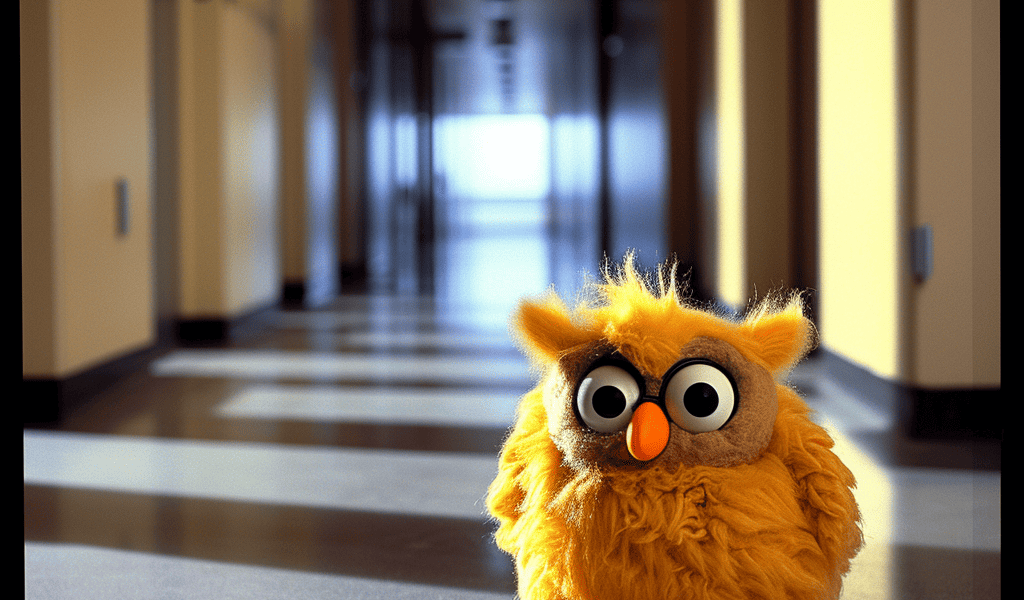Recently, a Freedom of Information Act (FOIA) request has shed light on a peculiar chapter in the history of the NSA involving the popular toy, Furby. The Furby, a sensation in the late 1990s, not only captivated children but also sparked concerns within the US National Security Agency (NSA) about its potential as a spying tool equipped with advanced artificial intelligence.
The release of FOIA documents has provided insights into the NSA’s decision to ban Furbys from its premises. The ban appears to have been a precautionary measure, as the NSA strictly prohibits unauthorized recording devices on its grounds. The agency opted for the ban rather than conducting a teardown of the Furby to assess its internal components, weighing the risk of a potential ‘Furbygate’ against the allowance of children’s toys on its premises.
Furthermore, the Federal Aviation Administration (FAA) also imposed restrictions on Furbys, requiring them to be turned off like other electronic devices. Contrary to the speculation about advanced artificial intelligence, the original Furby toys were found to contain a 6502-derived MCU and a Ti TSP50C04 IC for speech synthesis, with a learning process based on a hardcoded vocabulary that gradually replaced gibberish with English or another language.
This recent revelation has sparked discussions and reminiscences about the Furby, with individuals sharing anecdotes about the toy. One commenter recounted how they donated their Furby to the Computer History Museum, while another mentioned the positive outcome of the NSA Furby story, leading to the creation of the animated film ‘Mitchells vs the Machines.’
The unveiling of the NSA’s Furby saga through FOIA documents offers a fascinating glimpse into the intersection of popular culture, national security, and technological misconceptions, providing a unique perspective on a moment in history that captured the public’s imagination.





